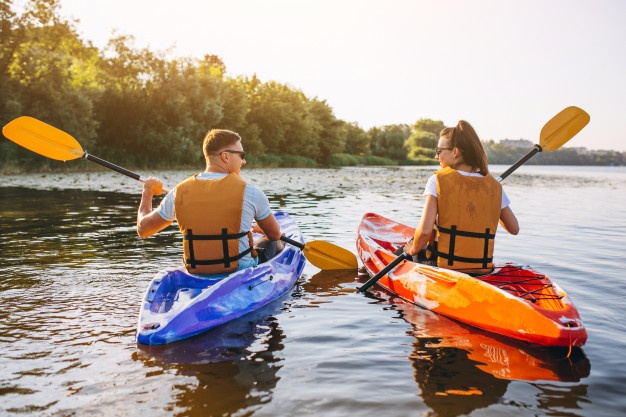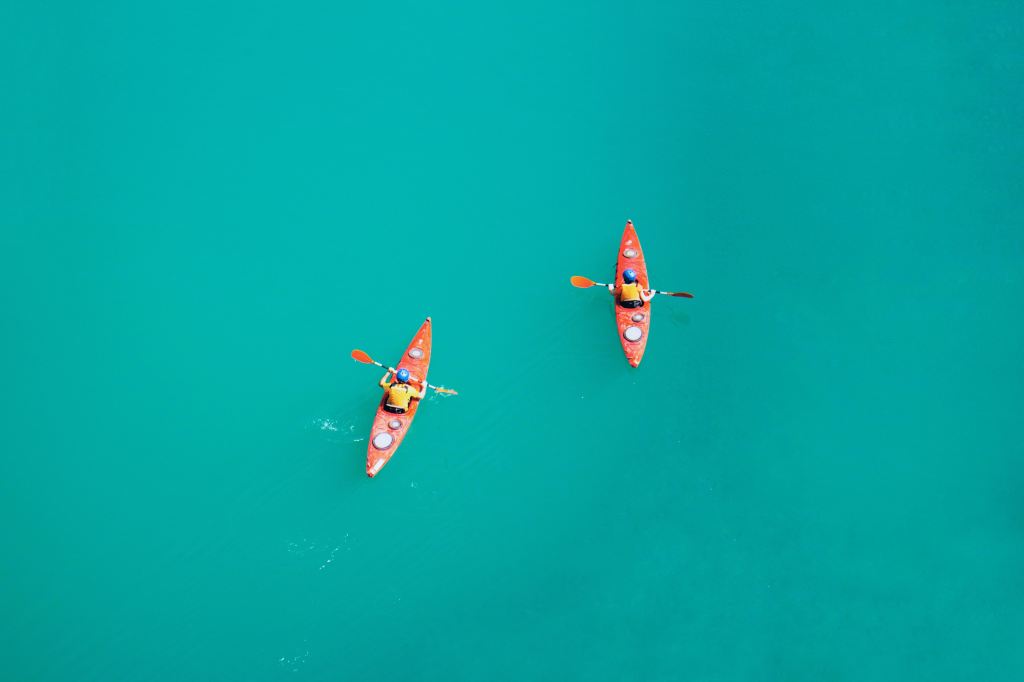
Patrick Ryan is a former assistant director of the Village of Homewood. During his time at the Village of Homewood, he leveraged his years of experience in the public works sector to oversee a range of infrastructural projects. Now the vice president of Batista Group, Patrick Ryan enjoys kayaking during his free time.
Before using a kayak, you must make adjustments to make sure that you can sit properly and comfortably. First, place the kayak on stable ground and adjust both the backrest and footpegs so that you can get in. Once seated, adjust the backrest further until your lower back forms a 90-degree angle with your legs. Your chest should point slightly forward in this position.
Next, position your feet on the footpegs. The balls of your feet should sit comfortably on the pegs, with your heels angled towards the kayak’s center and your toes pointing outward. Your knees should also bend both outwards and upwards, as this gives you the room to manipulate the thigh braces as needed. If you’re unable to get into this position when seated, you may need to adjust the footpegs further.








